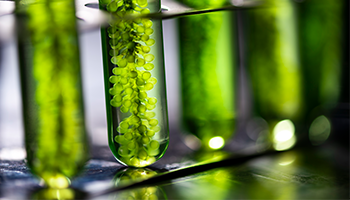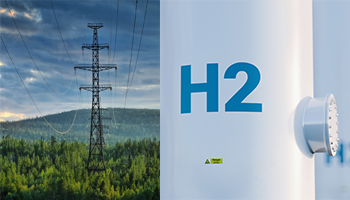EASA is committed to facilitate the uptake of Sustainable Aviation Fuels (SAFs) in the aviation industry. In the absence of readily available technological solutions completely replacing conventional aircrafts, the use of SAF allows for a noticeable reduction of the environmental impact of aviation in the short to medium term while using the existing, global fleet.
It is EASA’s expectation that SAF will play a role in fulfilling the vision of making Europe the first climate-neutral continent by 2050.
EASA’s role in SAF
As an aviation regulator, EASA is involved with the SAF approval process ensuring the associated airworthiness standards are met. In addition, the European Commission has envisioned a more active role for EASA in the context of the ReFuelEU Aviation legislative proposal aiming at increasing both supply and demand for SAF as proposed in the ‘Fit for 55’ package.
EASA’s environmental report (EAER) published in 2019 in conjunction with two further EASA reports, published in 2020, on SAF monitoring and SAF facilitation supported the European Commission in shaping the ReFuelEU Aviation initiative.
EASA is currently preparing the next issue of the EAER which will be ready for publication in 2022.
What are sustainable aviation fuels?
There are a variety of production pathways for SAF with several different feedstocks available. Feedstock refers to the source from which the fuel is produced. Here a few examples.
 |
Municipal solid waste: yes, our rubbish! This includes product packaging, gardening waste, food waste, paper waste and the list goes on. |
 |
Cellulosic waste: leftovers stemming from the agricultural and forestry industry, cellulosic waste that otherwise would just be disposed of. |
 |
Cooking oil: if it is used and no longer suitable for eating, it can be used as feedstock for SAF. |
 |
Crop and plants: such as camelina, algae, marsh grasses and more. |
 |
Power and Hydrogen: renewable electricity, water and carbon dioxide (CO2) used to produce hydrogen via water electrolysis (used in the Power-to Liquid process). |
What can help to increase SAF usage in aviation?
- Price competitiveness: to make SAF usage a real alternative to conventional fuel.
- Ensuring sustainability: only supporting fuels and feedstocks that do not adversely affect food supply and ecosystems, with a robust sustainability certification system in place.
- A harmonised policy landscape ensuring a playing level field for all.
- Meeting technical requirements: fuel specification standards need to meet safety and usability requirement of aircraft already in use and fur future generation aircrafts.
- Biofuels: availability of biomass feedstock, and avoiding any potential land-use change.
How sustainable are these fuels?
Several aspects affect the environmental performance of fuels over their lifecycle. Depending on the production pathway and feedstock, different SAFs can have very different environmental impacts.
Applying a holistic approach of accounting for all emissions during the lifetime of a fuel, the overall lifecycle greenhouse gas emission reduction by using SAF can be as high as 70% or over 90% compared to fossil jet fuel.
Follow us on EASA Pro for more information.
